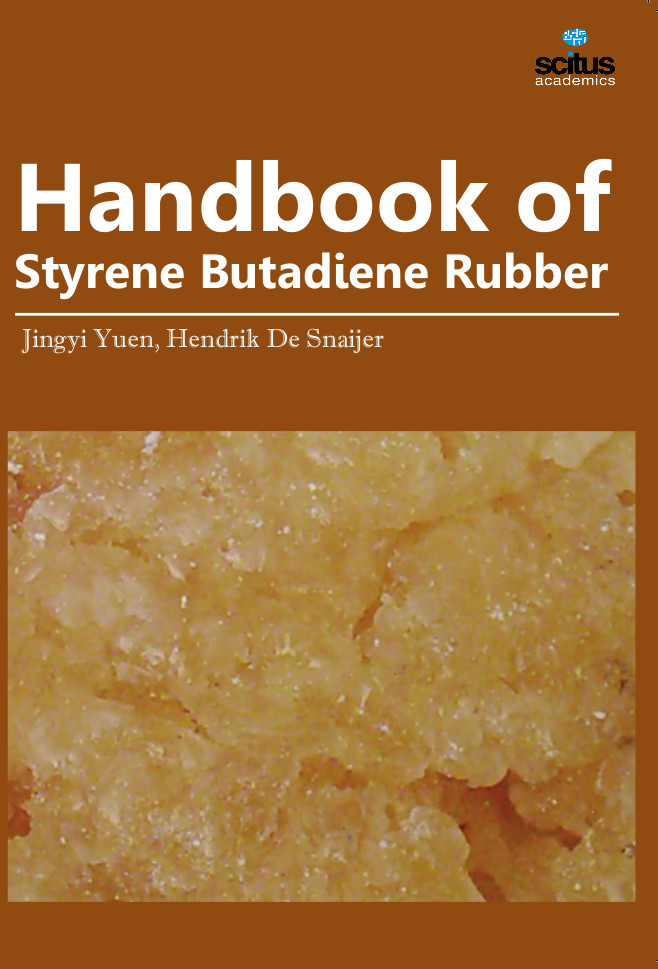Styrene-butadiene rubber (SBR) is one of the most versatile copolymer rubber compounds. It consists of the organic compound styrene and the chemical budatiene, with the amount of budatiene usually being about three times more than the amount of styrene. SBR is a stable synthetic rubber that is resistant to abrasion. It is used in a wide variety of products, such as automobile tires, children’s toys, shoe soles and even chewing gum. SBR is produced either through ionic polymerization of a solution or as an emulsion through free radical polymerization. Also known as emulsion styrenebutadiene rubber (E-SBR), this product was first developed in the 1930s by I.G. Farbenindustrie in Germany. It was created through an emulsion procedure that used polymerization as the means of producing a material that had a low reaction viscosity but had all the attributes of natural rubber. SBR was very cost-effective and was used to stretch dwindling natural rubber resources, especially in tire manufacturing at a time when tires were made of solid rubber.













